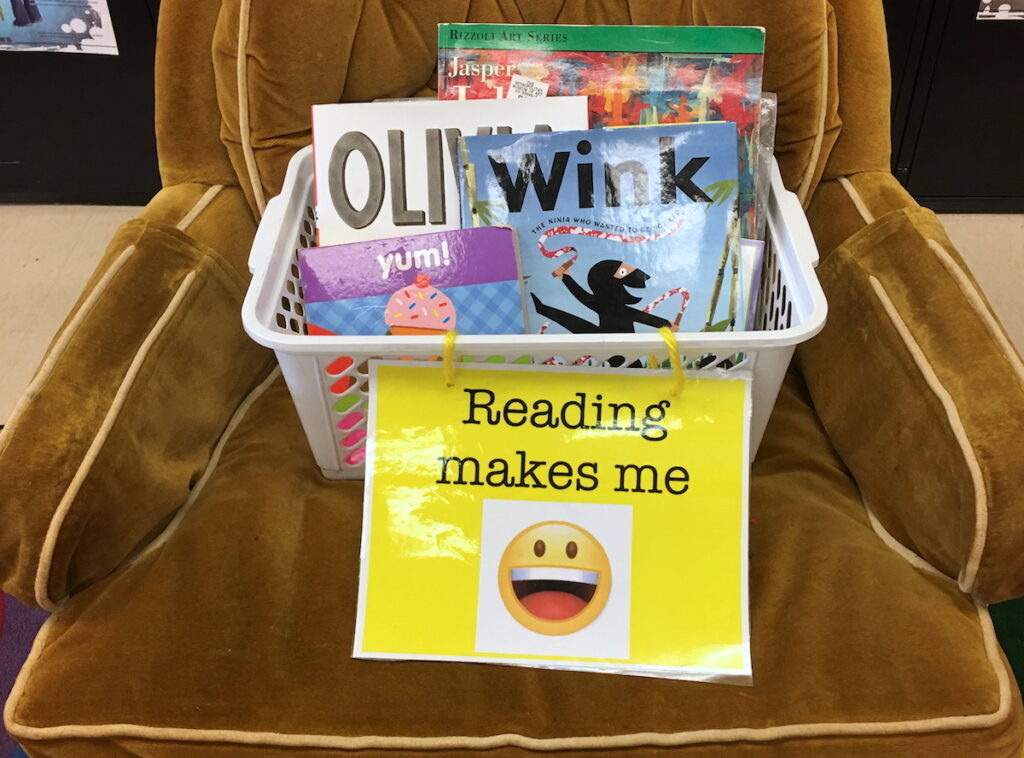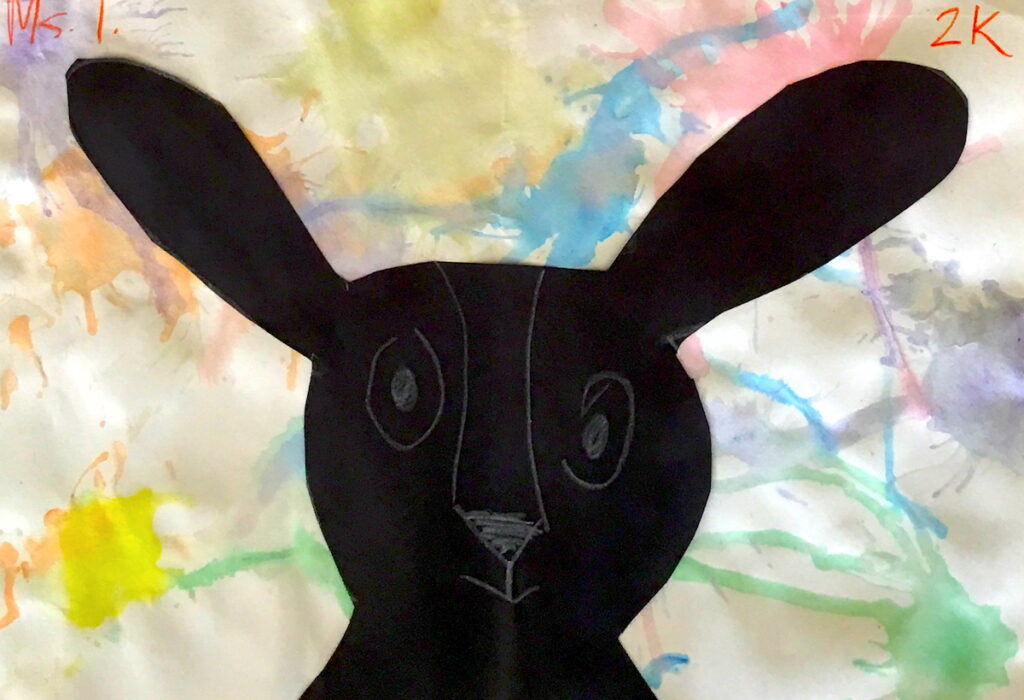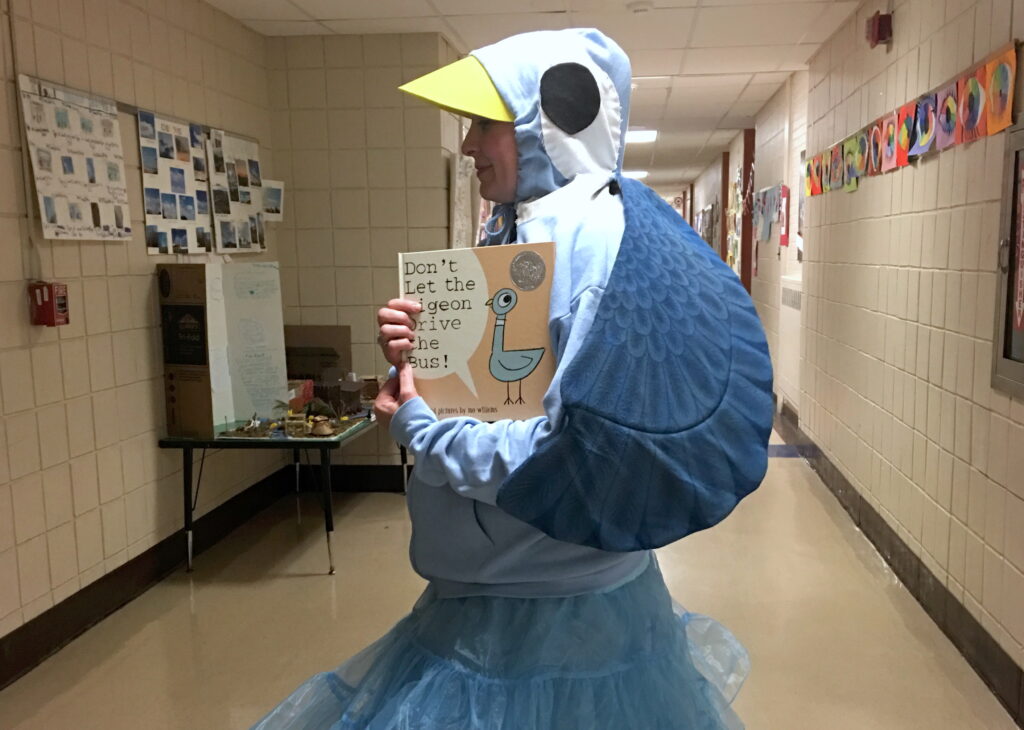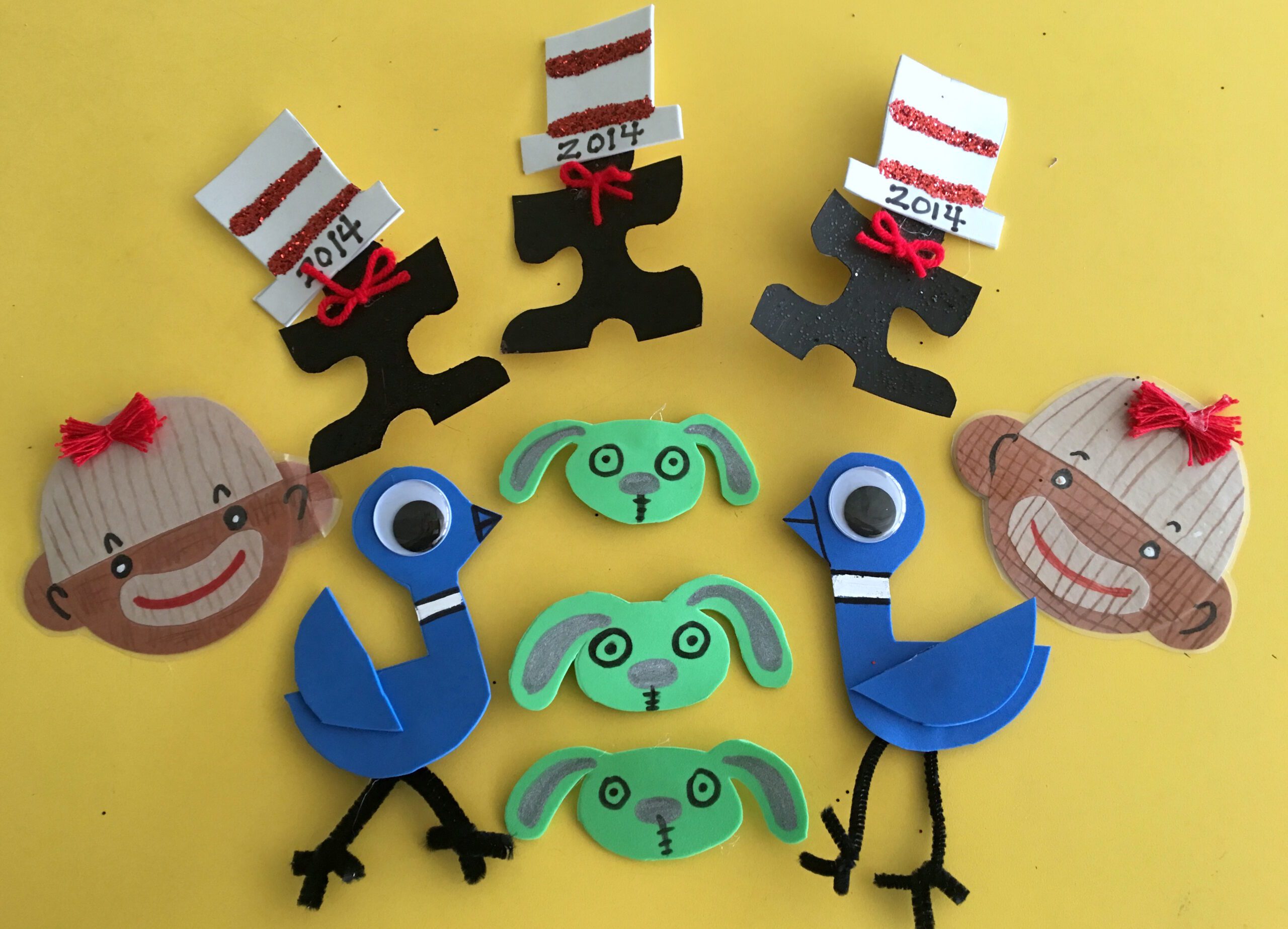We all know literacy is key. Getting kids to read is one thing, but fostering an excitement and fervor around loving literature is another. All teachers should have literacy at the top of their priority list as it connects to all disciplines and enables lifelong learning.
Here are 10 ways to support literacy in the art room.
1. Model your love of reading for your students!
Create a “Must Read” list on your web page and update it frequently. Let students know you are a reader, too and, when appropriate, share your favorite authors and books with them. Post new finds on classroom Twitter feeds and always have a book on your desk. Let kids know you borrow from the local library and allow them to take books from your classroom library on loan.

2. Create a literacy rich environment.
I have a basket of art-themed books in my classroom. I rotate what’s in it periodically and let ambitious early finishers read on the carpet. Begin to grow a library of books related to the arts and keep it accessible in your classroom. They could be books about artists (here are 70 to start with), books with fabulous illustrations, picture books, books about creativity, books that teach artistic methods, books for art research, and/or books that simply inspire.
3. Design projects based on or connected to great books.
More than half the lessons I teach in pre-school to third grade correspond or connect to a book I keep on hand and share during the lesson. I work in a district where literacy rates need improvement, and the more I can do to encourage a love of reading, the better off my students will be.
Three of my favorite books to use are:
- When Pigasso Met Mootisse by Nina Laden
Students create portraits of each main character in the style of the artist. - Rabbityness by Jo Empson
Students do an action painting and contrast lesson. - Knuffle Bunny: A Cautionary Tale by Mo Willems
Students create a soft sculpture.
Whenever I need inspiration for new lesson ideas, I hit the children’s section of the library and leave with more ideas than I can handle. For three more ideas, click here.

4. Help make Read Across America Day memorable in your school.
My school has a committee for this and I volunteer my services annually. I make the visiting community readers pins, craft banners related to the organized activities for the day, make props of book characters for kids to take photos with, and even assist the students with costume and mask making for our annual Read Across America parade where kids dress up as their favorite book character. Of course, I make my own character costume as well!

5. Find out what strategies Language Arts teachers in your school employ and use them in your room.
My school is focusing on the Fab Four Reciprocal Teaching strategy right now. So, whenever we read anything in class, I have students use this strategy when breaking it down. It reinforces the concept, shows support for your fellow teachers, and establishes a consistency in the curriculum across disciplines.
6. Create a vocabulary wall.
Build a word wall related to what you are teaching or even a word ladder with great words you can use to talk about art. This will enrich student vocabulary as well as the discussions in your classroom.
7. Collaborate with peers on interdisciplinary lessons.
Talk to the Language Arts teachers in your school and design some fun collaborative projects. For example, I’ve had students create “Onomatopoeia Art” where they are challenged to define a word visually.
8. Get kids writing in art!
It can be as simple as a “Complete the sentence about your art” prompt or as advanced as an essay format research paper. Teach kids how to intelligently convey – with words – what they have done with images. Use writing prompts as jumping off points for drawing activities or vice versa. Also, I’ve had great success with Graffiti Conversations. You can learn more about those here and here.
9. Speak eloquently and use challenging vocabulary.
Be professional and give thought to the words you will use when presenting information. Of course, you need to use language on the students’ level, but you should also be challenging them with new words – which you clarify and explain – so their vocabulary is always expanding. Academic conversations should not be reserved for English class only.
10. Give books as rewards.
Literacy is a gift and has transformative power. Support it and encourage students’ efforts by giving books as rewards or gifts when appropriate. Remember to inscribe the book and make it personal. I gift the graduating students who win the Art Award a great art history book. It is a reminder of how special a beautiful book is and that in learning lies great power and endless possibilities.
Literacy impacts every aspect of both the educational and the “real” world. Showing and sharing your passion for reading as well as finding ways to integrate literacy in your lessons will deepen your students’ understanding of art and the world around them. What an amazing gift to give!
What is your favorite book to use in the art room?
What do you do to support literacy and a love of books in your school?
Magazine articles and podcasts are opinions of professional education contributors and do not necessarily represent the position of the Art of Education University (AOEU) or its academic offerings. Contributors use terms in the way they are most often talked about in the scope of their educational experiences.





